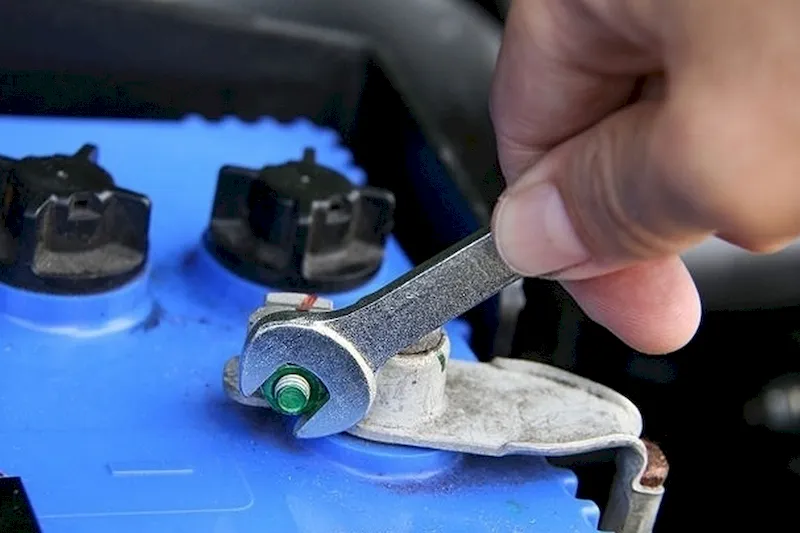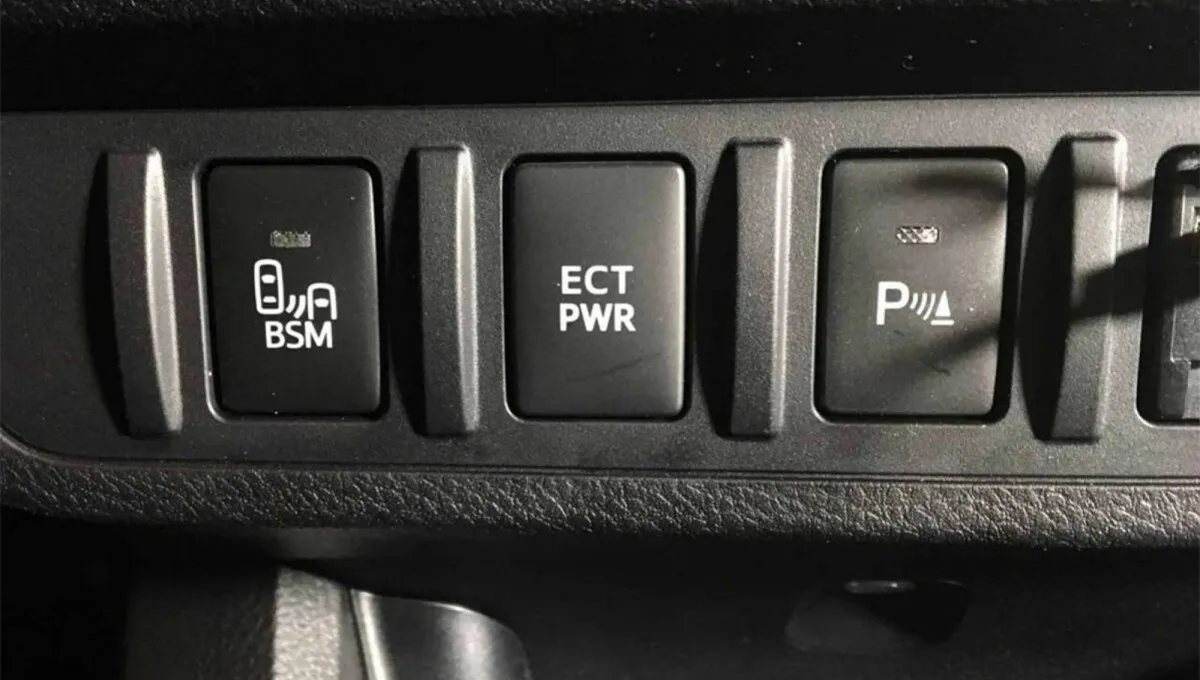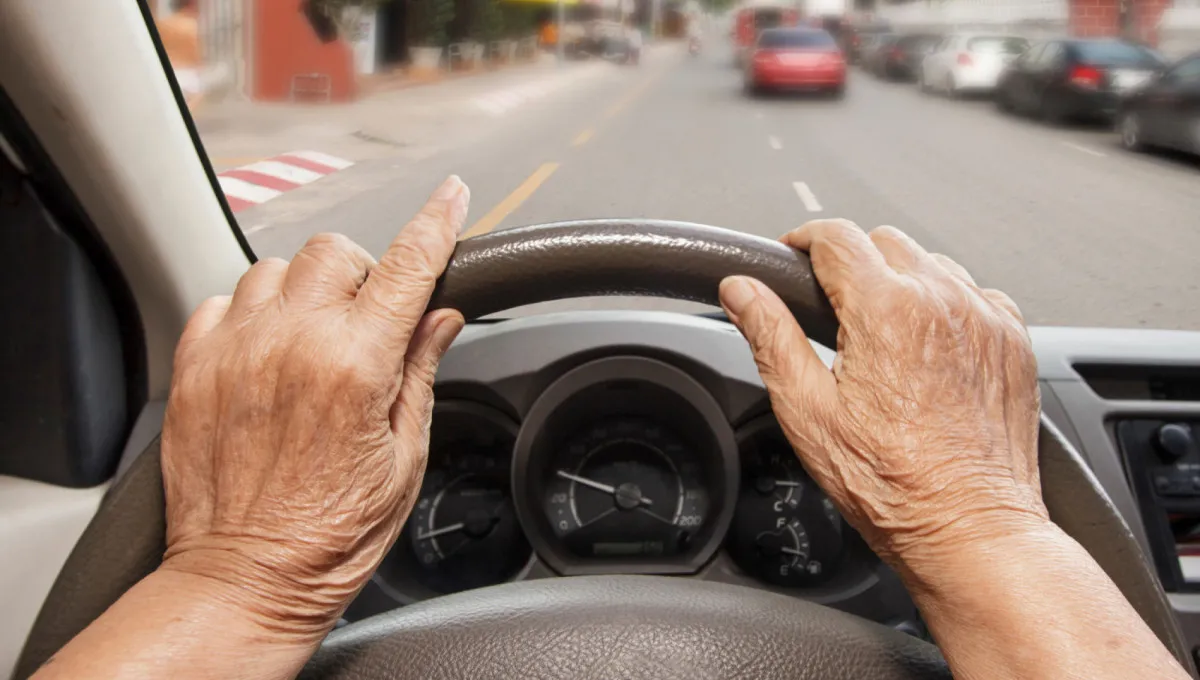Many American Mechanics Still Get This Wrong: Which Battery Terminal You Should Disconnect First
Disconnecting the terminals in the wrong order can trigger a short circuit or damage the vehicle’s electronics.

Drivers and mechanics run into battery issues all the time — corrosion on the terminals, a dead charge, or the need to replace the unit altogether. But even something as simple as removing the battery cables requires attention. Doing it in the wrong sequence can damage electronic systems, cause a short circuit, or even lock up the engine control module.
Here’s why following the correct procedure isn’t a formality — it’s a matter of safety and avoiding costly repairs.
Modern vehicles aren’t just mechanical machines anymore; they’re complex electronic networks, and disconnecting the battery can affect how those systems behave.
This is especially true for higher-end models such as those from Ram, Ford, and Cadillac. Their electronics may interpret a sudden loss of power as a theft attempt. In some cases, the ECU can lock itself, and only a dealership with the right software can restore it.
In more budget-friendly cars, the consequences are usually less severe, but losing power can still reset the infotainment system, clock, or climate-control settings, creating minor but annoying inconveniences.
Which terminal should you remove first?

It might seem like the order doesn’t matter. But technicians insist that the negative terminal should always be disconnected first.
The reason is simple: the tool you use to loosen the terminal conducts electricity. If you start with the positive terminal and the wrench accidentally touches a metal part of the body, you’ll instantly create a short circuit. That momentary arc can fry electronic modules — or, in the worst cases, destroy the ECU.
How to safely disconnect a car battery
Doing this incorrectly can lead to repairs costing hundreds or even thousands of dollars, so it’s important to follow the proper steps:
-
Turn off the ignition and make sure all electrical accessories (lights, radio, AC) are off.
-
Disconnect the negative terminal.
-
Optionally, place an insulating cap on the negative post to prevent accidental contact.
-
Disconnect the positive terminal.
-
Perform whatever work is needed — replacement, cleaning, or charging.

How to correctly install a new battery
When reconnecting the battery, reverse the sequence:
-
Connect the positive terminal first.
-
Then connect the negative.
-
Secure the battery in its mount so it doesn’t shift while driving.
After restoring power, check that all electronics are functioning: reset the clock, audio system, and Bluetooth. Some vehicles may also require recalibration of window regulators, parking sensors, or stability systems. Once that’s done, you can start the engine and hit the road with confidence.
You may also be interested in the news:

The Start-Stop System Everyone Loves to Hate — Real Fuel Saver or Engine-Wear Myth?
Was this system created to annoy drivers, or does it actually serve a purpose?

Why You Shouldn’t Use Wet Wipes to Clean Your Car’s Interior
How disinfecting wipes can damage leather, screens, and fabric — and what to use instead.

Which Zodiac Signs Are the Boldest — and the Most Unpredictable — Behind the Wheel
Sometimes a driver’s style is written in the stars far more clearly than on the badge of a car.

Not All Americans Know the Purpose of the ECT PWR Button on Their Toyota: The Hidden Secret
Many modern cars with automatic transmissions, like the Toyota Camry or Lexus RX, come equipped with this unusual button.

4 Crossovers Experts Recommend for Retirees This Year
These crossovers won’t just get their owners from point A to point B — they’re built to stay on the road for years to come.